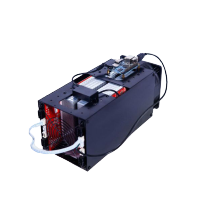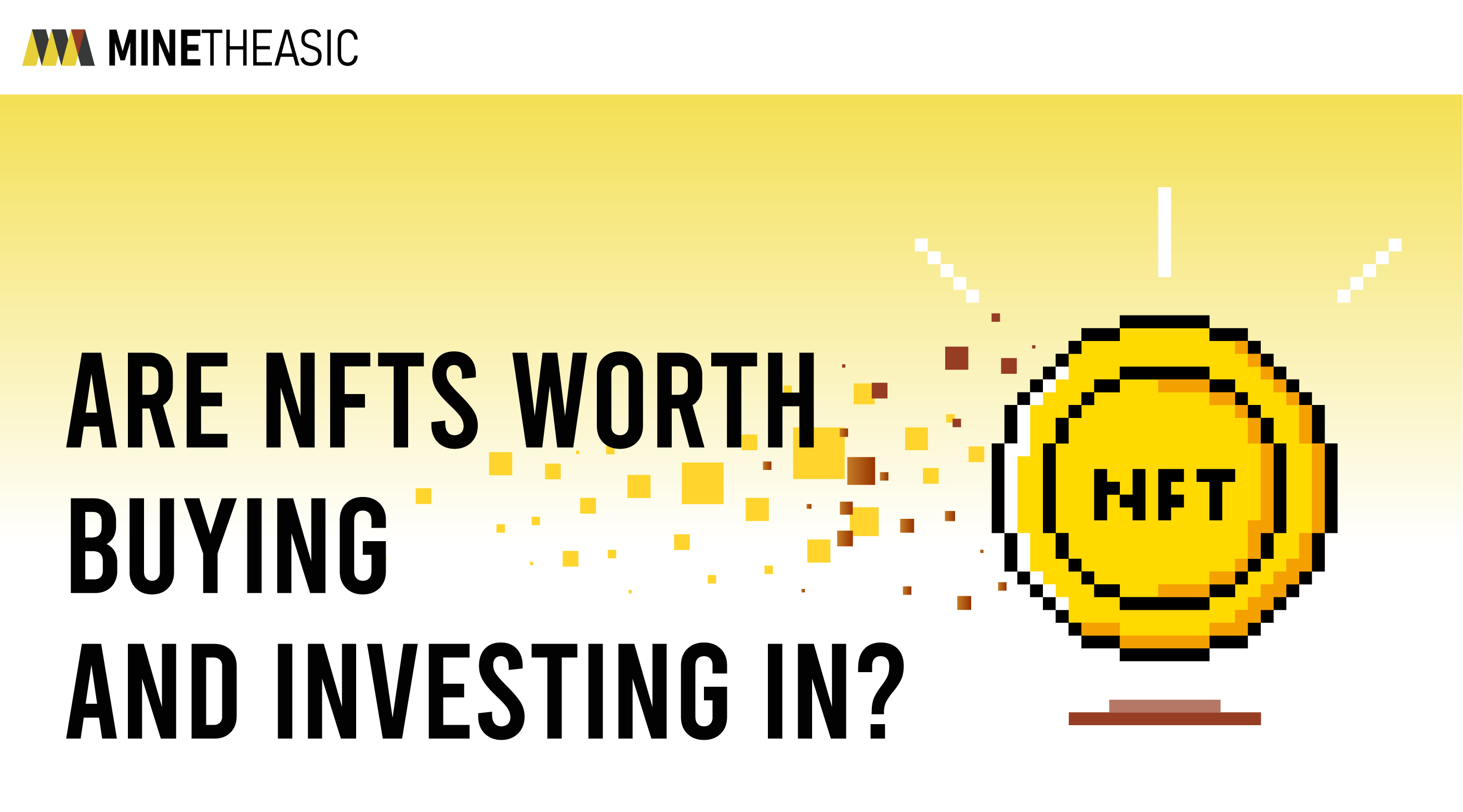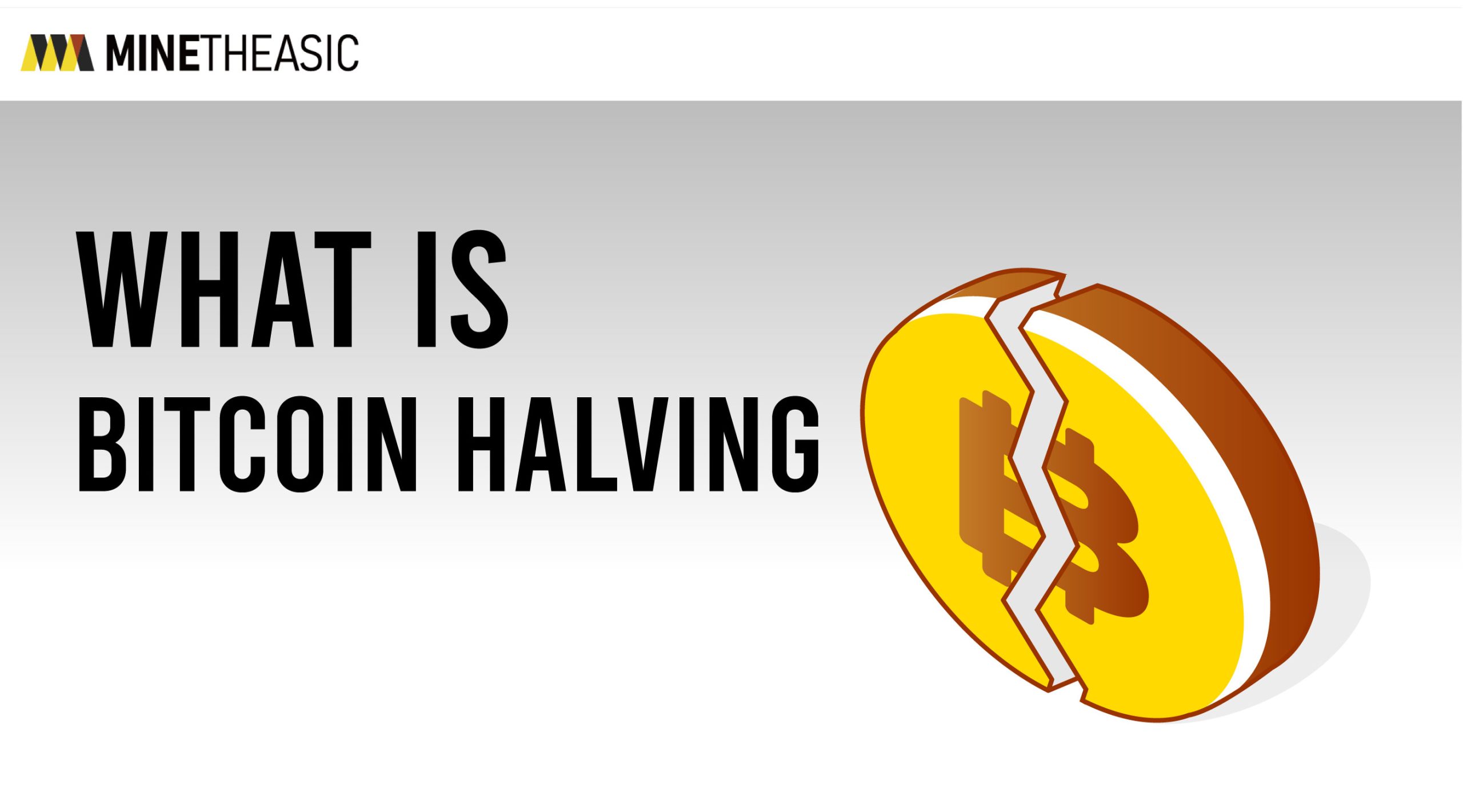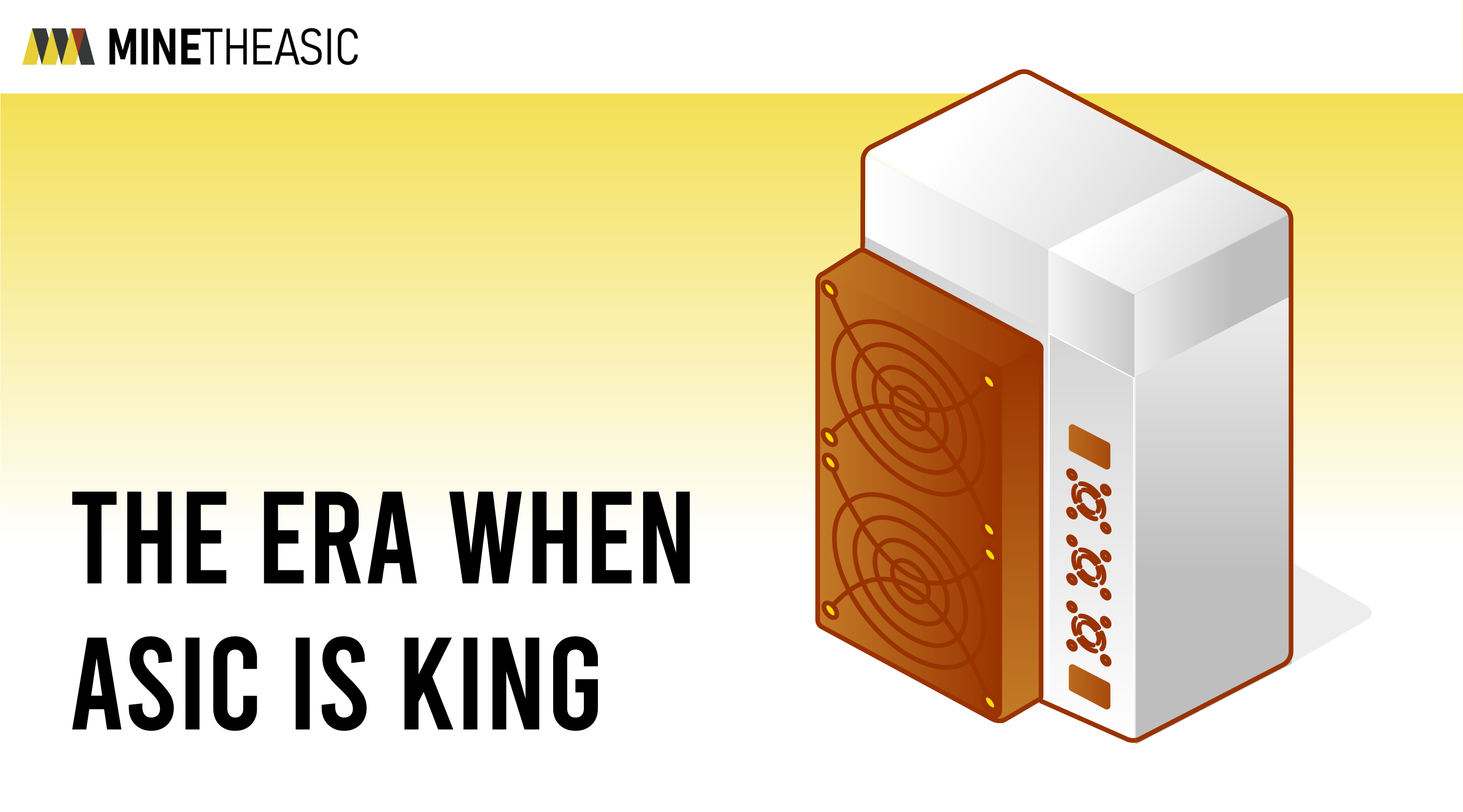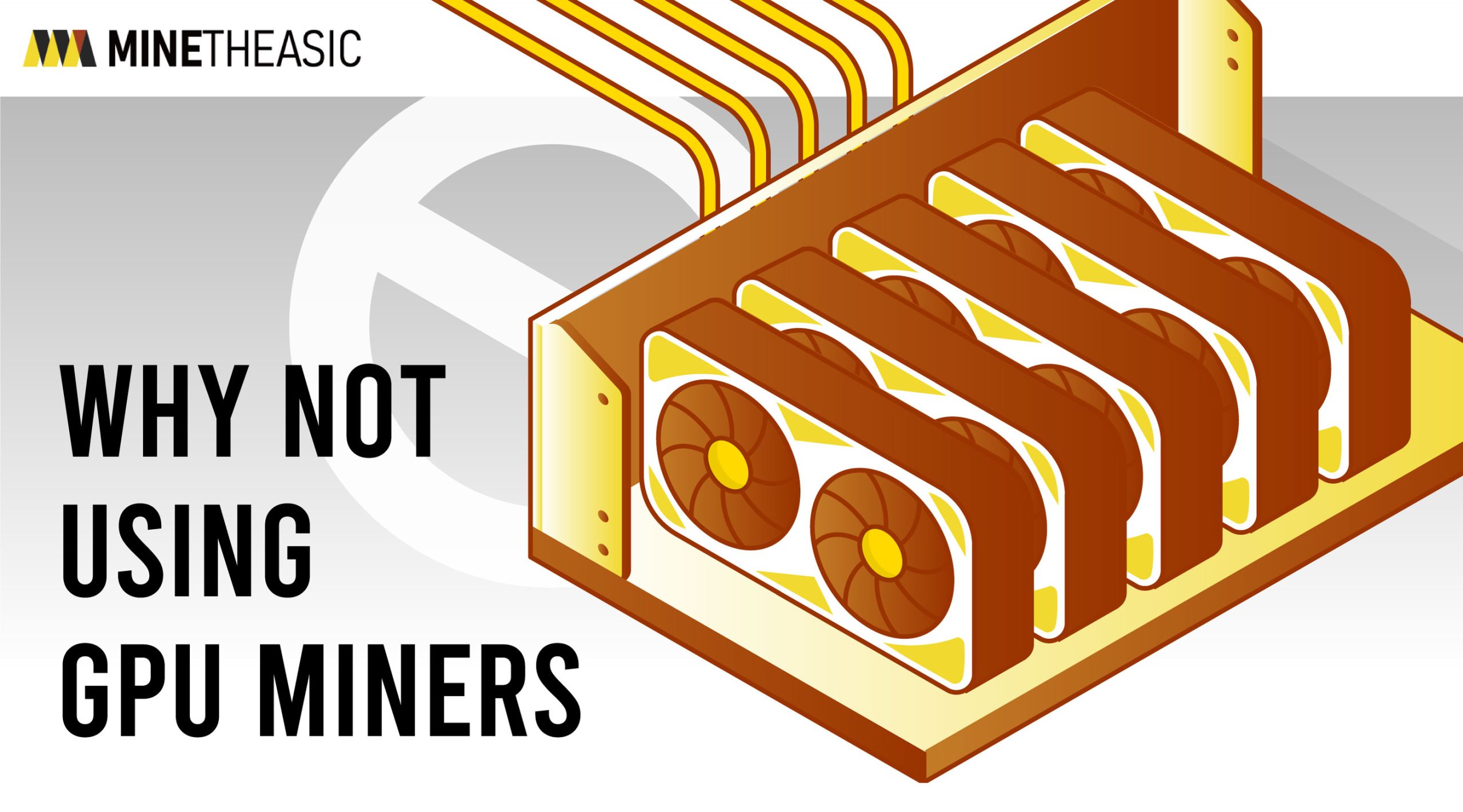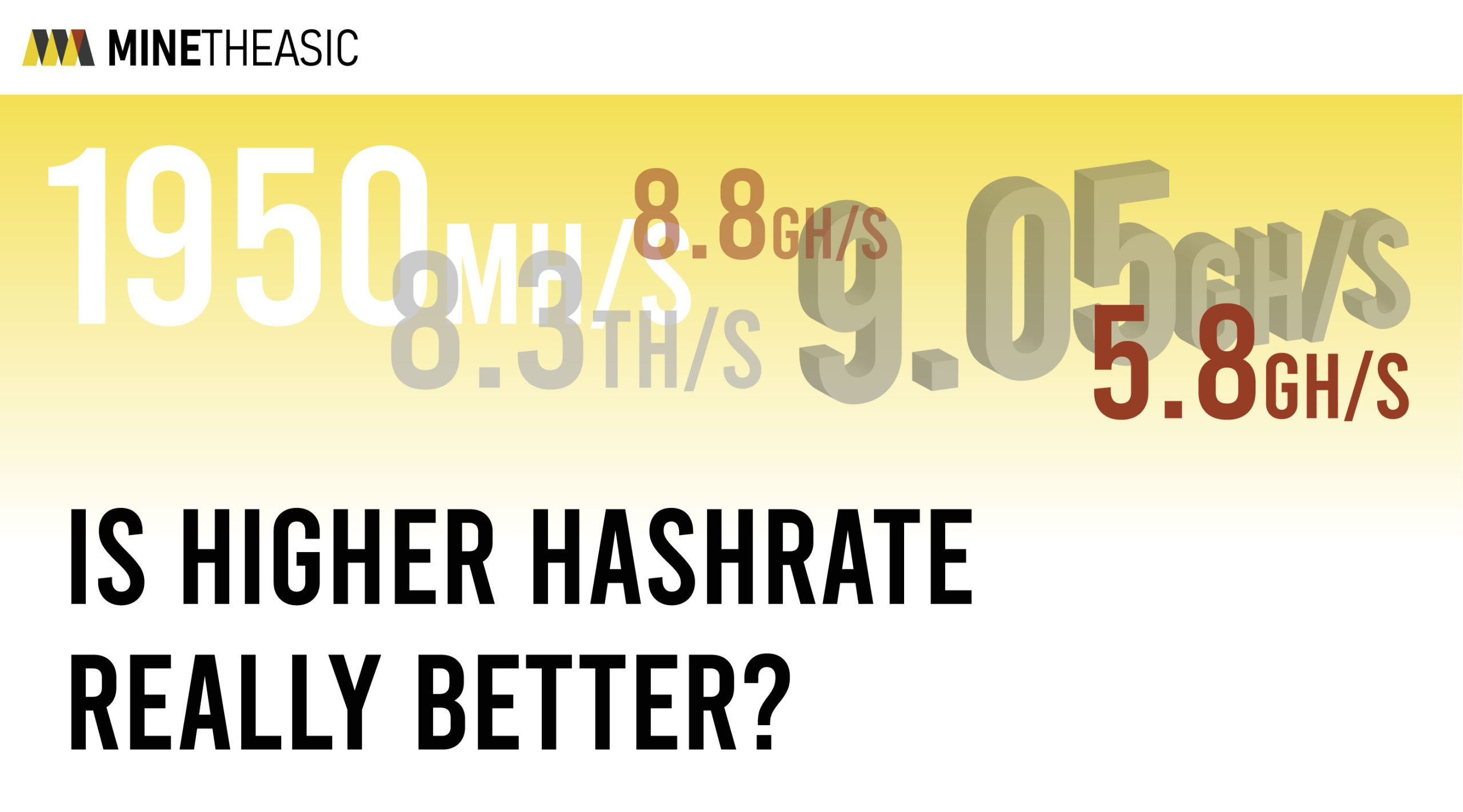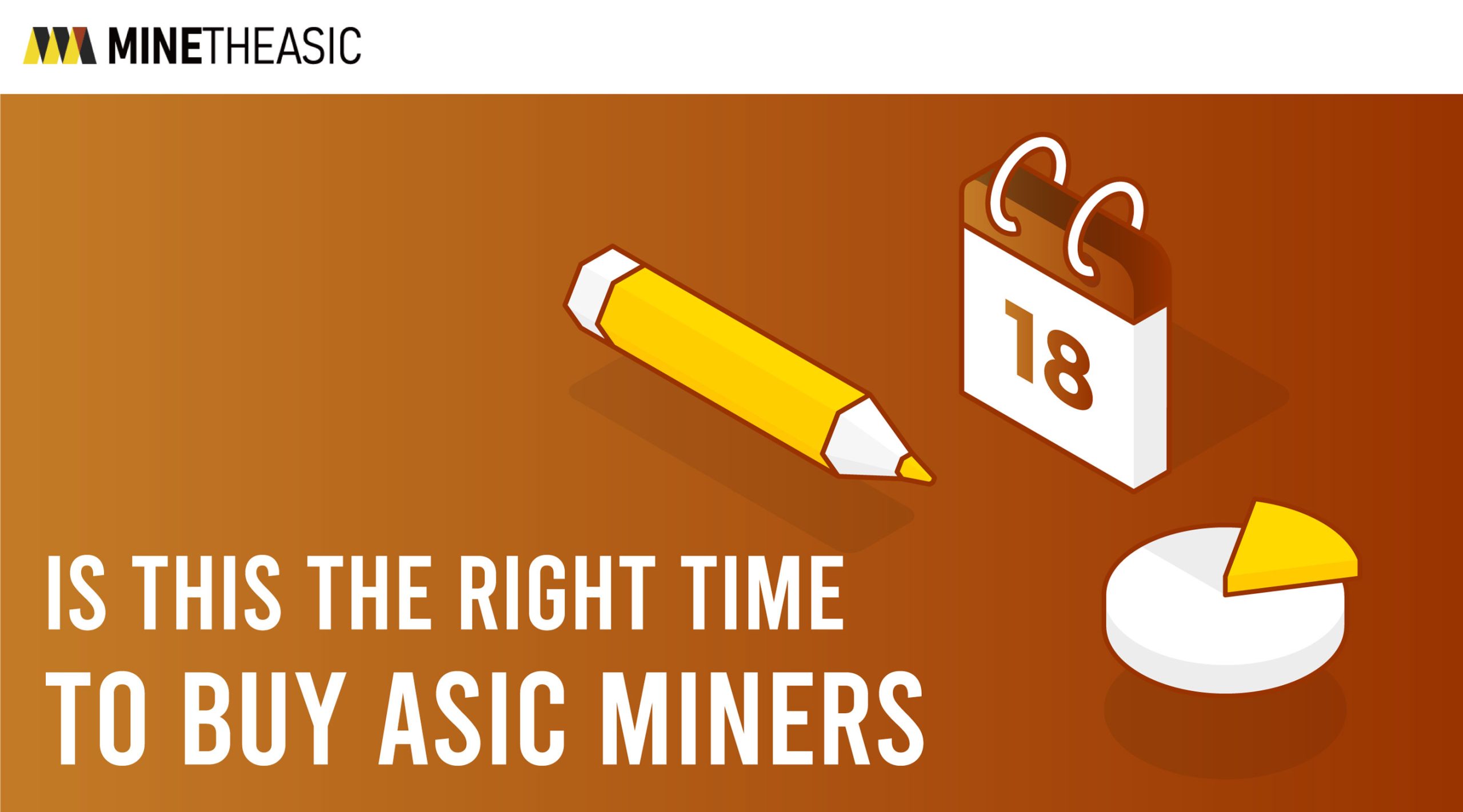By 2026, the cryptocurrency mining industry is expected to hit $2.6 billion. It is forecasted to increase at a CAGR of a whopping 16.8% every year until then.
Although crypto mining can be lucrative, it can sometimes be too much for any single miner to handle.
In this article, we’ll tell you everything you need to know about what a mining pool is as well as the seven best mining pools of 2022. Keep reading to learn more.
How to Choose a Mining Settlement Model That’s Best For You
7 of the Most Popular Mining Pools
Start Mining Today and Reap the Rewards
What Is a Mining Pool?
A mining pool is simply a group of crypto miners that work together. By collaborating with their shared computing power, they can find new crypto blocks and generate more rewards during the mining round.
These pools gather miners who work individually on a blockchain network. Each miner contributes their hashing power (the computational power per second used for mining). As the group collectively has a better hash rate, they raise their chances of success at mining blocks.
Let’s take a look at an example.
Let’s say a pool has six devices. Each device has 335 mega hashes per second, allowing them to generate two Giga hashes (GH) of mining power. This, in turn, speeds up hash function processing.
After successfully mining a block, the mining pool operator will record how much work each member does and manage their hashes. Afterward, they will distribute rewards to each miner depending on their contribution to the collective processing power. They might need to show proof of work to receive this.
In return, they take a fee from the rewards for the mining pool. They do this differently, including proportional, pay-per-share, or completely decentralized peer-to-peer.
How to Choose a Mining Settlement Model That’s Best For You
Once you decide to join a mining pool, it’s important to choose a mining plan that will work best for your requirements. Although there are several different payment systems, most pools use:
PPS
PPLN
SPPS+
FPPS
Let’s take a deeper look at how each payment method works.
Pay-Per-Share (PPS)
Pay-Per-Share is a simple settlement model offering instant, the flat payout for every share solved. Every miner will receive a standard payout rate for a share they complete. Each one is worth a certain amount in cryptocurrency.
After taking out the standard mining pool fees from their share, the miners involved in the pool get a fixed income daily. PPS is a relatively stable way to receive payment compared to other settlement models.
PPS is ideal for orders at a low price over an extended period. It becomes particularly lucrative during a bearish run on a coin.
Pay-Per-Last-N-Shares (PPLNS)
In a PPLNS model, the profits miners gain are based on the number of shares they contribute. This is closely related to the block mined out.
For example, if a mining pool generates several blocks in a single day, the miners involved will profit. However, if a mining pool fails to excavate any blocks, it could get zero profit.
In a PPLNS model, the amount a miner can make is closely linked with the pool’s luck (the probability of success). If a mining pool’s luck decreases in the short term, the miners in the pool will likely have their income decrease as well. Of course, if luck increases, so will income.
However, in the long term, the luck factor tends to average out.
This model is best for miners in a large, profitable mining pool with a higher chance of finding blocks within the order time limit. It is also good for standard orders that have longer limits of time.
Pay-Per-Share+ (PPS+)
PPS+ was introduced in 2016 and combines both PPS and PPLNS.
Miners in the pool get paid for each share that they submit, whether or not the mining pool finds a block, like the PPS method. They are also paid a portion of the transaction fees if they excavate a block, similar to the PPLNS method.
This gives miners the best of both worlds. They get a stable reward payment while having the chance of getting an additional payment if they find blocks.
Full Pay-Per-Share Plus (FPPS)
You can think of FPPS as an upgraded version of PPS. In PPS, the miner will get the same standard rate from a block reward. However, in FPPS, the miner can also be rewarded with transaction fees.
This type of mining pool will calculate a standard transaction fee within a period and give it out to its miners.
How to Choose a Mining Pool
Although mining pools give you a much higher chance of being rewarded for your work, it can be overwhelming trying to choose which one to choose from. Here are a few factors to focus on when choosing a mining pool.
Choosing Your Mining Pool Equipment
You can use a variety of devices to mine cryptocurrency. You can use a mining application that has a graphics processing unit (GPU) and a central processing unit (CPU), but sometimes they are less profitable because of the time and energy consumption they take.
The best option is to use an application-specific integrated circuit (ASIC). When choosing an ASIC miner, make sure to understand its hash rate.
Make Sure the Mining Pool is Transparent
Joining a mining pool that has a transparent mining pool operator is crucial. This means everyone is above board and trustworthy. Some less reliable operators have used lower payout schemes to raise their profits.
Look For Stability
Stability is another critical factor for a mining pool. This means how often the pool has downtime,m which can affect your ability to make a profit. Some factors to research are:
1. If they use a secure connection like a VPN or if they use an open connectionHow vulnerable they are to DDoS attacks.
2. Its history with attacks and lengthy downtime
3. You can find this info in support pages or discussion groups for a mining pool.
7 of the Most Popular Mining Pools
So what is the best mining pool?
There are tons of mining pools out there, so it can be a bit overwhelming trying to choose one. Here are seven of the most popular mining pools out there now.
F2Pool
F2Pool was one of the first mining pools in the industry and is China’s oldest. More than 2 million miners around the world use F2Pool. It is currently the second-largest pool in hashrate distribution.
They distribute rewards with a PPS+ payout scheme. Along with their share of block rewards, they are given a 3% bonus for using the pool through a loyalty reward.
Poolin
Poolin is “more than just a mining pool.” Although it is relatively new, it is in the top five hashrate spots.
They offer merged mining features that allow miners to mine several different cryptocurrencies with the same computing power. They distribute rewards using an FPPS payout scheme.
ViaBTC
ViaBTC focuses on providing top-tier transparency and professionalism for its customers. They now have over a million miners around the world.
They pride themselves on producing an encompassing ecosystem for Bitcoin miners with several unique features and mining experiences.
Antpool
AntPool is one of the top Bitcoin mining pools in the world. They have held the top spot for Bitcoin hashrate several times since 2014. They host servers all around the world and offer three different mining modes:
1. Stratum (traditional mining)
2. P2Pool (to create a single group of miners)
3. Solo (for mining farms that can generate high hashrates on their own)
Bitmain Technology operates Antpool.
Binance Pool
Binance Pool is a mining service offered by the popular trading platform Binance. It is the fifth-largest Bitcoin mining pool in the world and is used by miners all over the world.
It has a strong foundation that is based on the Binance ecosystem. It has proven itself to be a security, innovation, and technology leader. It’s highly recommended for beginners that want to mine their first Bitcoin.
Nicehash
NiceHash is a cryptocurrency hash power broker that combines an open marketplace with mining pools. It is based in the British Virgin Islands and primarily consists of gamers that use powerful GPUs to mine crypto.
They have more than 2.5 million users around the world.
2Miners
2Miners is a mining pool people can mine over 20 different types of cryptocurrencies. It is an easy-to-use mining pool that both beginners and experts can use and jump in quickly.
They have a .5% fee for PPLN and 1.5% for SOLO.
Start Mining Today and Reap the Rewards
That’s everything you need to know about what a mining pool is. Now that you have a general understanding of how they work, the next step is to dive in and find a pool that works with your unique situation.
If you’re looking for detailed reviews on ASIC miner platforms, check us out today!
